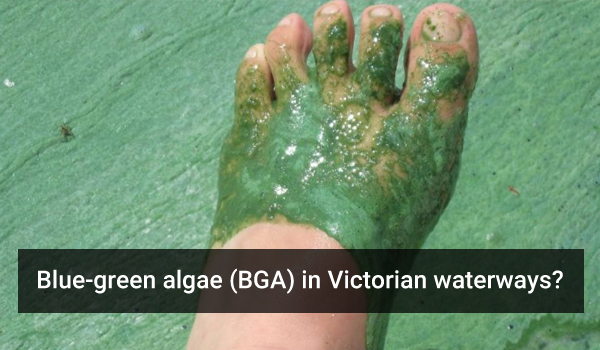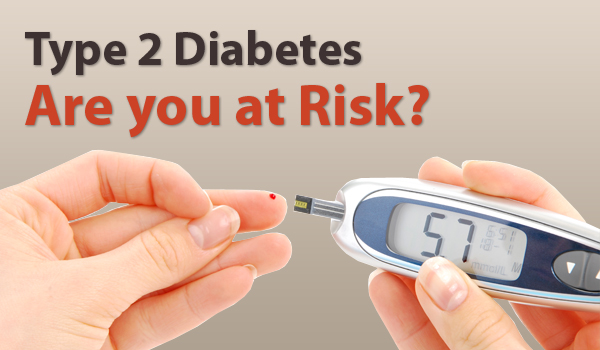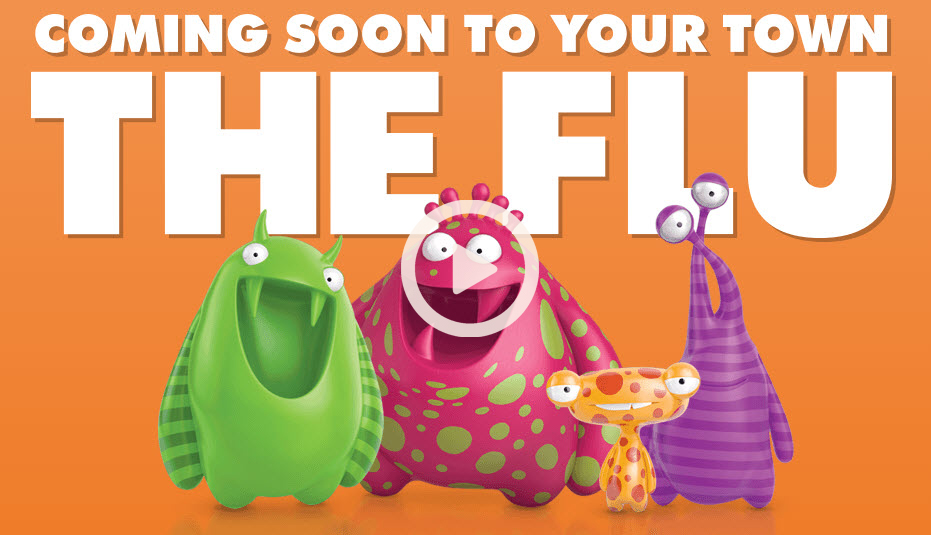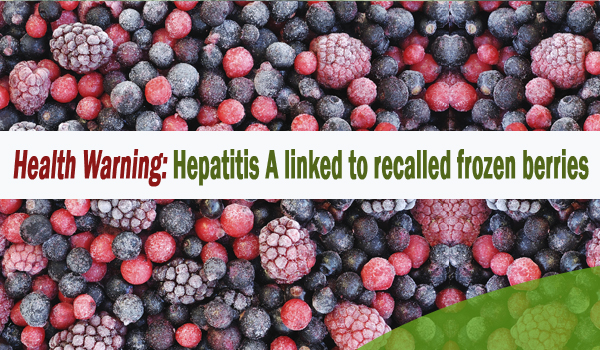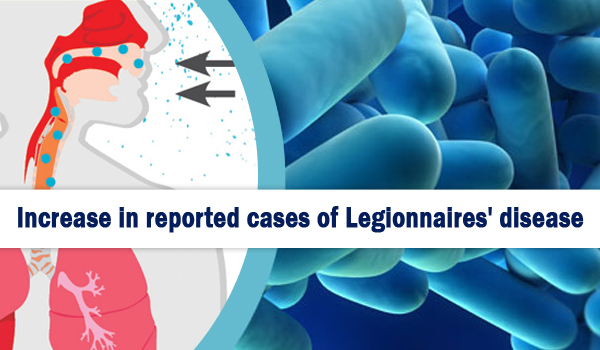What is the issue?
High levels of potentially toxin-producing species of blue-green algae (BGA) have been identified along the Murray River at several locations. It has also been detected in other waterways across the state.
BGA can have irritant and inflammatory effects. Direct contact may result in skin rashes and eye irritation. Inhalation of droplets of affected water (which may occur during water skiing) may result in hay fever and respiratory type symptoms, whilst gastrointestinal symptoms such as nausea, vomiting and diarrhoea may follow from ingestion. Certain BGA species can produce cyanotoxins which have additional effects. There are a number of different potential toxins including micrcocystin, nodularin, cylindrospermopsin and saxitoxin. They have differing properties but as a group, cyanotoxins can cause a range of effects including hepatotoxicity, cytotoxicity (affecting liver, kidney, heart, lungs, and stomach) and neurotoxicity.
As BGA blooms contain a number of different species and as toxin production is difficult to predict, it is important to be alert and aware of this potential to cause these health effects.
These toxins can cause very serious illness if ingested dose is high. In the past, drinking from toxin-contaminated water has resulted in animal and stock deaths. Live cyanobacteria are unable to invade, colonize, and grow in humans or animals.
It is expected that health effects of cyanotoxins are dose dependant and minimising risk is achieved by minimising possible exposures.
Water agencies are monitoring and treating water as relevant, to ensure that it remains safe to drink.
Who is at risk?
Anyone who is exposed to blue-green algae through:
- direct contact with exposed parts of the body, including sensitive areas such as the ears, eyes, mouth, nose and throat
- accidental swallowing of affected water (eg during swimming)
- breathing in water droplets and aerosols (eg during water skiing); and
- eating affected aquatic organisms. Shell fish such as mussels can concentrate toxins, including saxitoxin, a neurotoxin which if eaten may result in paralytic shell fish poisoning. Eating whole fish from affected areas may result in BGA ingestion (see below).
The higher likelihood of accidental exposure in children together with their lower body weight places them at increased risk that parents need to take into account.
The greatest risk to the community is posed by algal surface scums. These are concentrated accumulations of blue-green algae which tend to settle along shorelines and pose a potential site of exposure for children and dogs.
Symptoms
Clinical presentation will depend on the presence or absence of toxin, toxin type, exposure route (cutaneous, ingestion, inhalation), magnitude and timing of exposure,presence of cumulative exposures, ageand underlying health status.
Mild effects from BGA may include skin rash, irritated eyes, hay fever-type symptoms, sore throat, nausea, vomiting or diarrhoea.
Moderate effects may include the addition of abdominal pain, hypotension, headache, malaise and myalgia.
Severe effects (which are very unlikely) may include the addition of fever, hepatomegaly, hepatic, respiratory or renal injury/failure.
Treatment
Skin irritation should be treated as a contact dermatitis.
Eye exposures may cause local irritation and redness, without permanent harm. Manage as normal for eye irritation.
Vomiting and diarrhoea is usually mild but if significant, may result in dehydration and electrolyte imbalance. Management should be supportive.
Nonspecific cold and flu symptoms may occur such as weakness, arthralgia, myalgia, headache, malaise, sore throat and fever. Treat symptomatically if required.
Inhalation of contaminated water spray or mist may possibly lead to respiratory irritation, sore throat, congestion and coughing. Treat any associated asthma with usual protocols.
One toxin (microcystin LR) has been classified by the International Agency for Research on Cancer (IARC) as a possible carcinogen (classification 2B). The clinical significance in humans with chronic exposure is not clear.
Prevention
Please direct any patients with further concerns to the websites listed below and advise the following:
- People and pets should not enter water affected by BGA. BGA is not always visible and checking for its detection is prudent.
- If contact with affected water occurs, remove all affected clothing and wash thoroughly with clean water. Wetsuits should be thoroughly rinsed to remove any traces of algae. Pets should also be washed thoroughly as they may ingest BGA by licking their coat.
- Do not use affected water for drinking, cooking or washing fruit/ vegetables or herbs, or for washing clothes or showering.
- Do not eat any mussels, yabbies or crayfish from algae-affected areas. Any fish caught for consumption should first be washed in clean water, gilled, gutted and any internal organs disposed of (ie not eaten or given to pets).
- Recreational fishers may resume catching mussels, yabbies or crayfish two weeks after a warning has been lifted.
- Remember that boiling affected water does NOT inactivate the toxin and make it safe.
More information
For information related to the health impacts of this issue – Department of Health and Human Services
For more detailed medical advice about BGA toxin exposure – Victorian Poisons Information Centre on 13 11 26
For updates on bloom locations – Emergency Management Victoria
Source: www2.health.vic.gov.au

